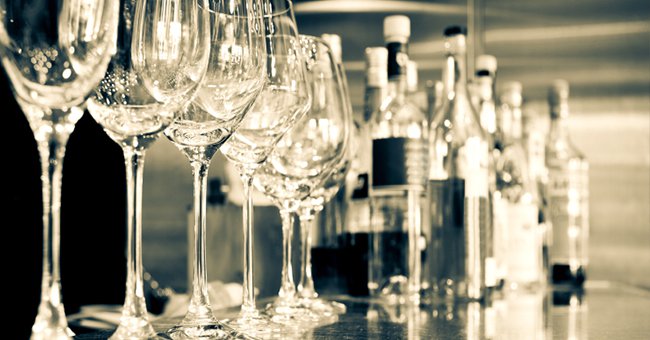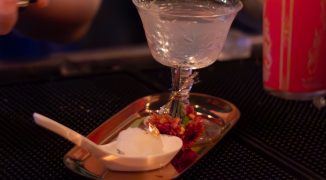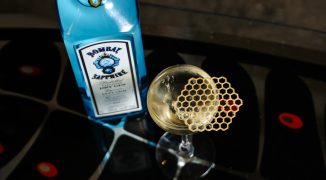Before you (or your guest) even take the first sip, you’ve already made some judgments about what you’re about to drink. And for the most part, they’re based only on what you see.
For bars, this means that things completely unrelated to the actual taste of the cocktail, beer, or wine influence how the guest will experience it. Believe it or not, those things include the temperature within the building, their mood, previous associations with what they’re drinking, and the glassware.
Even before the craft cocktail boom began in earnest, designers were retooling classic glasses. Many of them have claimed that their glasses enhance the experience of drinking a specific type of wine — or whiskey or beer — by using science to inform their designs. Some companies, like Riedel, have used this approach to build an empire.
The argument over redesigning iconic glasses has two fronts. First, is there a measureable difference in how the product inside is perceived? Second, is the difference caused by a psychological reaction or based in hard science?
Luckily, the first question is easily answered. When it comes to brands, sommeliers, bartenders, and aficionados are adamant about their favorite types of glasses — and can tell you exactly how the glass affects the drink.
In beer, the use of different types of glasses transmits different sensory information to the drinker. Tall glasses, like pilsner glasses, showcase the beer’s color, let the bubbles travel for longer, and keep the beer carbonated longer, says Sempli glass designer Danne Semeraro. This design also releases the volatile aroma compounds up front so that it has a more intense scent up front.
Recent years have also brought more options into the world of tasting whiskey neat. Within whiskey circles, the traditional rocks glass has been largely overthrown in favor of glassware designed specifically to intensify the tasting experience. 2001 saw the invention of the Glencairn glass, a tulip-shaped vessel that retains and focuses the aromatic compounds for easier nosing. On the other side of the pond, the NEAT glass is purported to allow alcohol vapors that are part of the spirit’s aromatics (and that can numb the nose) to disperse before the glass is nosed.
Unfortunately, there’s not a straightforward answer for the second question. In terms of wine glasses, Riedel argues that shape matters, and holds educational seminars for media and industry professionals on the subject. An independent study, however, found that the shape of the glass didn’t affect the taste of the wine except in one case, where the glass shape dampened perception of the wine.
Even if the difference isn’t backed in hard science, booze served in beautiful glassware (like with booze served from bottles with beautiful labels) tends to be perceived as being higher quality. There’s even an industry term for the phenomenon: “drinking the label.” If, as one study suggests, we’re so suggestible that we associate lime flavor with green beverages so heavily that we can’t recognize it when the liquid is another color, maybe we should just let our brains work as they will.
As Semeraro points out, when you’re drinking, “you’re not expected to sit in a laboratory and enjoy your beer.” In a home or bar environment, it’s impossible to separate the aesthetic, emotional, intangible experience from the science effects of design.
It’s possible that, in the future, scientists will design an experiment that can definitively separate the psychological aspect of drinkware design from the chemical. Failing that, we’ll drink out of whatever cups we have on hand, glass or no.




